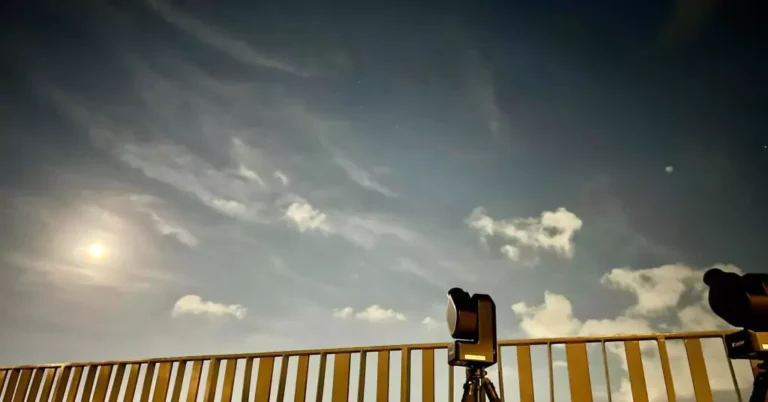Best Telescope For 5-Year-Old
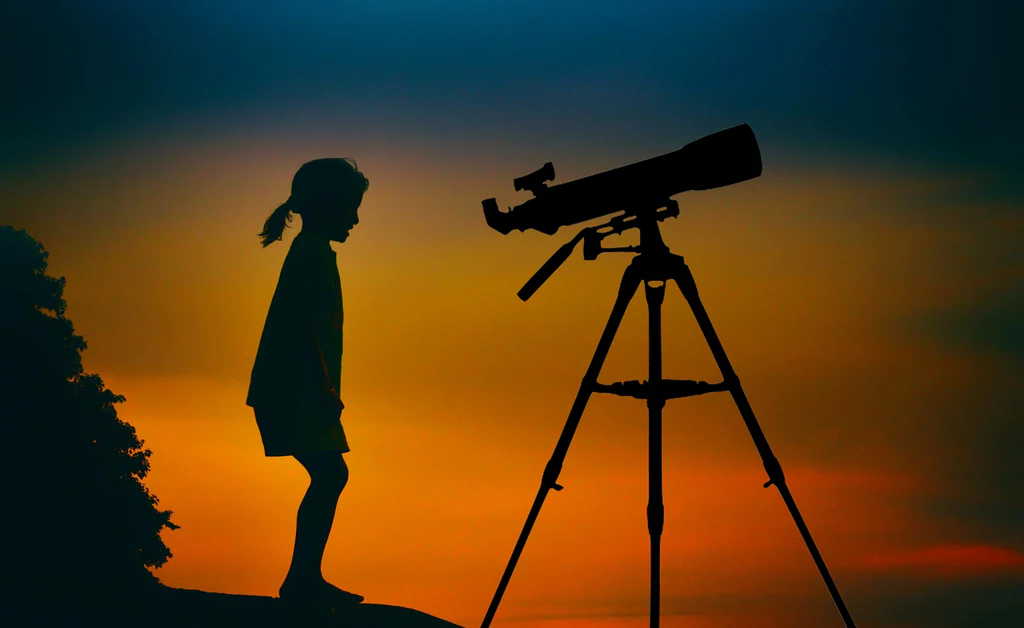
As a parent or guardian eager to ignite your child’s curiosity about the wonders of the universe, selecting the ideal telescope for a 5-year-old requires thoughtful consideration. Following these guidelines will ensure a rewarding and safe introduction to astronomy. It is tough to force children to do something they don’t want. But when they choose to do something best, we should appreciate them. It is extraordinary that your 5-year-old child is interested in space observation. Telescope is the perfect gift for your child if he is interested in stargazing. But keep in mind it is not a children’s toy. We have reviewed and selected a fully functional scientific telescope in this guide. It works on the standard principle of the telescope. Of course, you can find toy telescopes there. But they are not included in this list; if you want to develop your children’s interest in astronomy, we recommend choosing a real telescope that delivers fantastic dark sky views.
Things to Consider When Choosing a Telescope for a 5-Year-Old
There are the following factors you need to know before choosing a telescope for your 5-year-old child
Age and developmental level:
If you need a telescope for your 5-year-old child, then you must know that the telescope will be easy to use. It will be easy. They should have a few buttons and dials that confuse them.
Interests:
Is your child excited to see a bumpy moon and explore twinkling stars? Knowing what they are most excited to see will help you to choose the best telescope for your child
Budget
the telescope will come at various prices. It depends on you how much you want to spend on it. You can check your pocket space before buying a new telescope for your child.
Portability and Durability
If you want to observe the sky from a different position, you need a lightweight, portable, and easy-to-assemble telescope. The durability of any instrument will be the final factor that anyone must consider.
Top Telescope Recommendations for 5-Year-Olds
We make a list of the best telescopes for your child.
Orion Space Probe II 76mm Reflector Telescope Specs
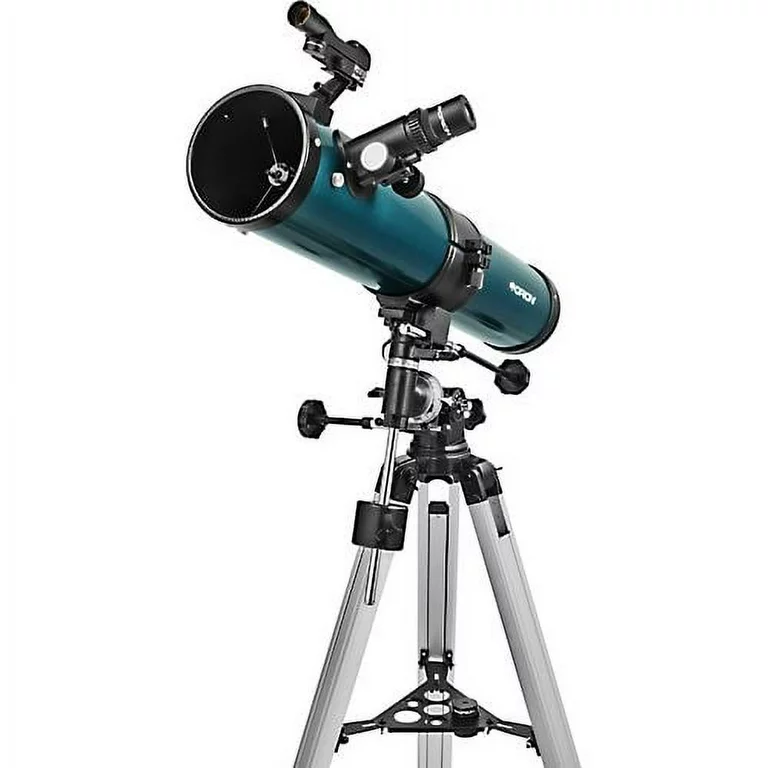
Specs
| Optical Design | Newtonian Reflector |
| Mount Type | Altazimuth (Up/Down, Left/Right) |
| Aperture | 76mm (3″) |
| Focal Length | 700mm |
| Focal Ratio | f/9.2 |
| Eyepieces Included | 25mm Kellner (28x), 10mm Kellner (70x) |
| Highest Practical Magnification | ~140x (with Barlow lens, not included) |
| Weight | 7.0 lbs. (3.2 kg) |
Pros
- easy to use moon map
- simple eyepieces and finder’s scope
- Portable
Cons
- Limited Magnification
Suppose you are looking for a low-price gift to start the curiosity of beginning stargazing. Look, no future! This telescope bundle is perfect for newcomer astronomers just beginning to explore the dark sky from their backyards. Space Probe II 76mm AZ Reflector is the best choice for beginners exploring space and stars. The telescope’s 76mm aperture gathers much light from the black sky. Provide bright and detailed celestial objects. The whole family will join in the fun for great views of the moon, bright planets, and star clusters seen through the SpaceProbe II 76mm AZ Reflector. It can also show Saturn’s rings, Jupiter’s moon, and the beautifully cratered terrain of our moon’s surface.
Celestron Inspire 80AZ
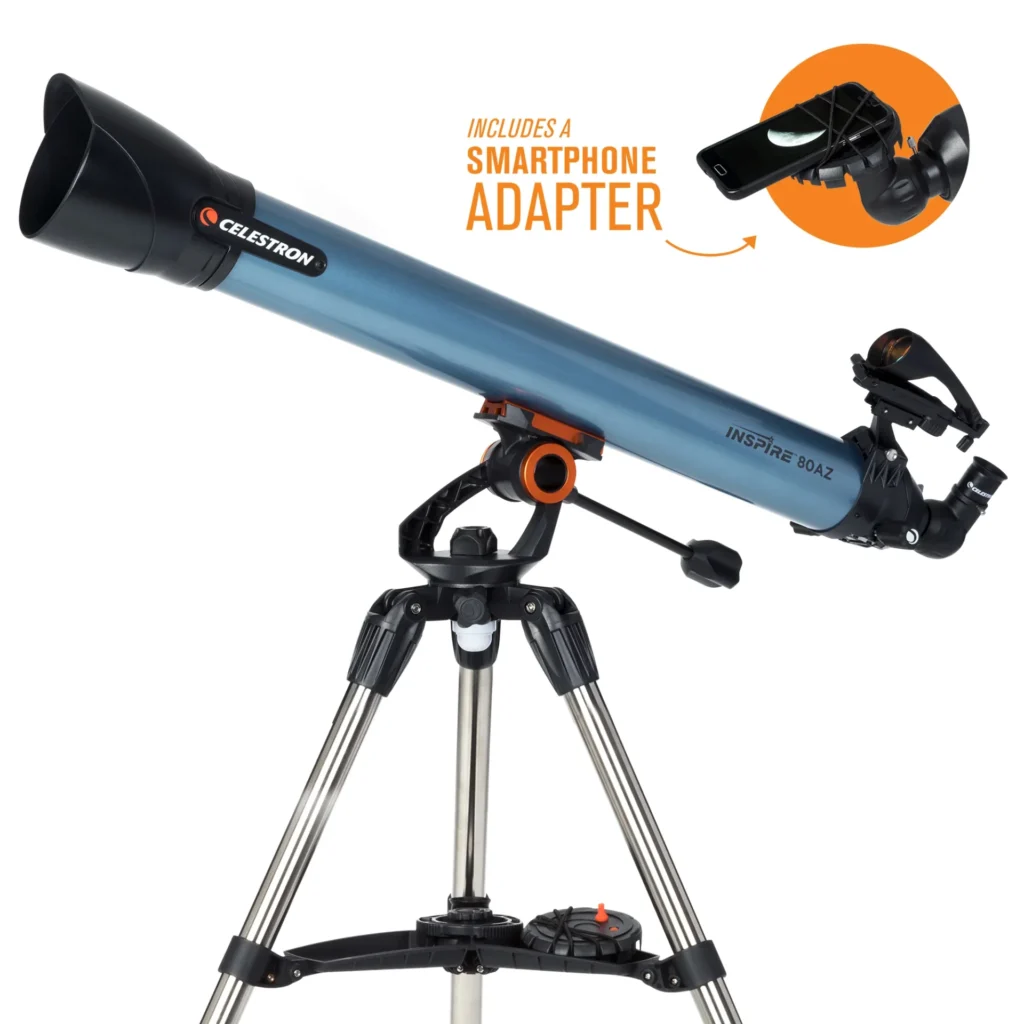
Specs
| Optical Design | Refractor (Achromatic Doublet) |
| Mount Type | Alt/Azimuth (Up/Down, Left/Right) with Pan Handle |
| Aperture | 80mm (3.15″) |
| Focal Length | 900mm |
| Focal Ratio | f/11.25 |
| Eyepieces Included | 20mm (45x), 10mm (90x) |
| Highest Practical Magnification | ~180x (with Barlow lens, not included) |
Pros
- User-friendly
- Portable
- Decent magnification
Cons
- Bulkier
- High price
- Limited deep-sky performance
The Inspire 80 is a refractor telescope perfect for watching terrestrial and celestial objects in the dark shadow of the sky. We can see planets, moons, star clusters, and bright, deep-sky objects like Orion, Nebula, and Andromeda galaxies at night. Setting up the telescope is easy and will have you observing the sky in no time. Even if it is your first time. You can assemble the telescope in just a few minutes; there is no extra tray to attach to the tripod it is built in. It has adjustable legs for customization of the height of the telescope. It has decent magnification to show the objects that are faint and difficult to see with any other simple telescope.
Sky-Watcher Heritage 130P Dobsonian Specs (Simplified)
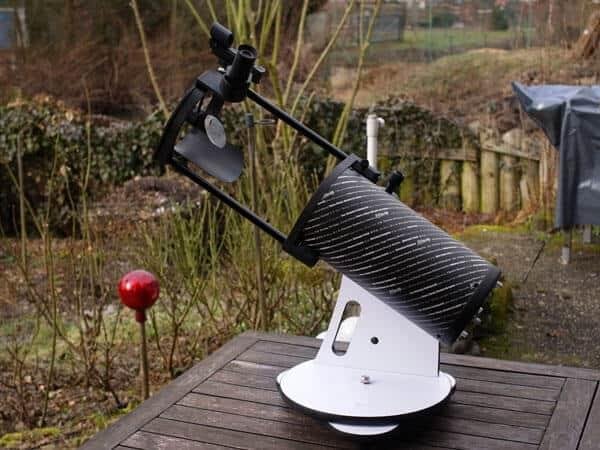
Specs
| Optical Design | Newtonian Reflector (Parabolic Mirror) |
| Mount Type | Dobsonian (Alt/Azimuth) |
| Aperture | 130mm (5.1″) |
| Focal Length | 650mm |
| Focal Ratio | f/5 |
| Eyepieces Included | 10mm (65x), 25mm (26x) |
| Highest Practical Magnification | ~260x (with Barlow lens, not included) |
| Weight | Approximately 6.2kg (13.7 lbs) |
Pros
- Large Aperture
- Low price
Cons
- Bulkier
- Limited Magnification
- Not ideal for astrophotography
Sky-Watcher’s Heritage 130P Dobsonian telescope is a perfect, low-cost option for a new astronomer wanting to explore the night sky. This tabletop Dobsonian is easy to set up and use, making it an ideal gift for beginners.
The Sky-Watcher Heritage 130P Dobsonian Specs (Simplified) is highly portable. With a tube of 14.5 long and a weight of less than 14 lbs.! the collapsible truss tube design allows for no breakdown and collimation required between observing sessions. It comes with aluminized paraboloidal mirrors, which provide detailed and sharp images. Overall, this telescope gives a great astronomical viewing experience.
It also comes with 10mm to 20mm super eyepieces that give comprehensive viewing with a red dot star finder. Meanwhile, it has a downside. The Dobsonian mount Is unsuitable due to its altazimuth design and long exposure astrophotography.
Best Resources for Teaching Astronomy and Telescopes to Your 5-Year-Old Child (For parents)
Parents looking to introduce their 5-year-olds to astronomy and telescopes can utilize various educational resources to make learning engaging and fun. Here are some recommended resources
Alexander Tutoring
- Offers tips, articles, and guides for beginning astronomers and astrophotographers.
- Recommends hands-on activities, joining local astronomy groups, following NASA on social media, and watching space documentaries.
iHomeschool Network
- Provides hands-on activities like space quizzes, playing with planets, and moon crater gross motor activities.
- Offers craft ideas such as creating constellation viewers, painting galaxies with watercolors, and making models of the solar system.
Nasa+
Spark your little astronaut’s curiosity with NASA+! This free streaming service offers:
- Live space coverage of missions and events.
- Original series exploring the universe’s wonders.
- Educational videos about planets, stars, and space exploration.
- Interactive experiences to bring space to life.
By combining these resources with hands-on experiences, interactive activities, and engaging discussions, parents can create a stimulating environment for their 5-year-olds to learn about astronomy and telescopes while fostering a love for exploration and discovery at an early age.
Conclusion
The journey is as important as the destination. So, choosing the right telescope is essential before starting the journey of night sky exploration. Selecting a telescope will open a universe of wonder for your 5-year-old little astronomer.
FAQS
What features are essential for a beginner telescope for a 5-year-old?
For a 5-year-old’s first telescope, focus on fun and ease of use: simple setup, sturdy build, and lower magnification (around 20x) to help them find objects easily. Balance a larger aperture for better views with a size they can manage. Let them explore the wonders of the night sky without frustration!
What celestial objects can a 5-year-old see with a beginner telescope?
The Moon: Craters, mountains, and phases are fascinating first views.
Planets: Venus, Jupiter, and Saturn might show basic features like rings or moons.
Bright stars: Double stars, star clusters, and constellations introduce vastness and patterns.
Shooting stars (meteors): A fun bonus if conditions are right, sparking wonder and curiosity.
What is the best telescope for a 10-year-old
For beginners, the simple tabletop telescopes are best for a 10-year-old, like theThe Inspire 80 and The Dobsonianc130.
How much should I spend on a telescope for a 5-year-old?
You should consider your budget before selecting a telescope. Veteran recommended $100 to 200$ range is best for the 5-year-old telescope.
What additional resources can help me choose the right telescope?
Astronomy websites and magazines: Space.com and Sky & Telescope offer reviews, guides, and recommendations.
Online forums and communities: Connect with other parents and experienced hobbyists for insights and advice.
Local astronomy clubs or planetariums: Attend stargazing events or ask staff for personalized recommendations.



